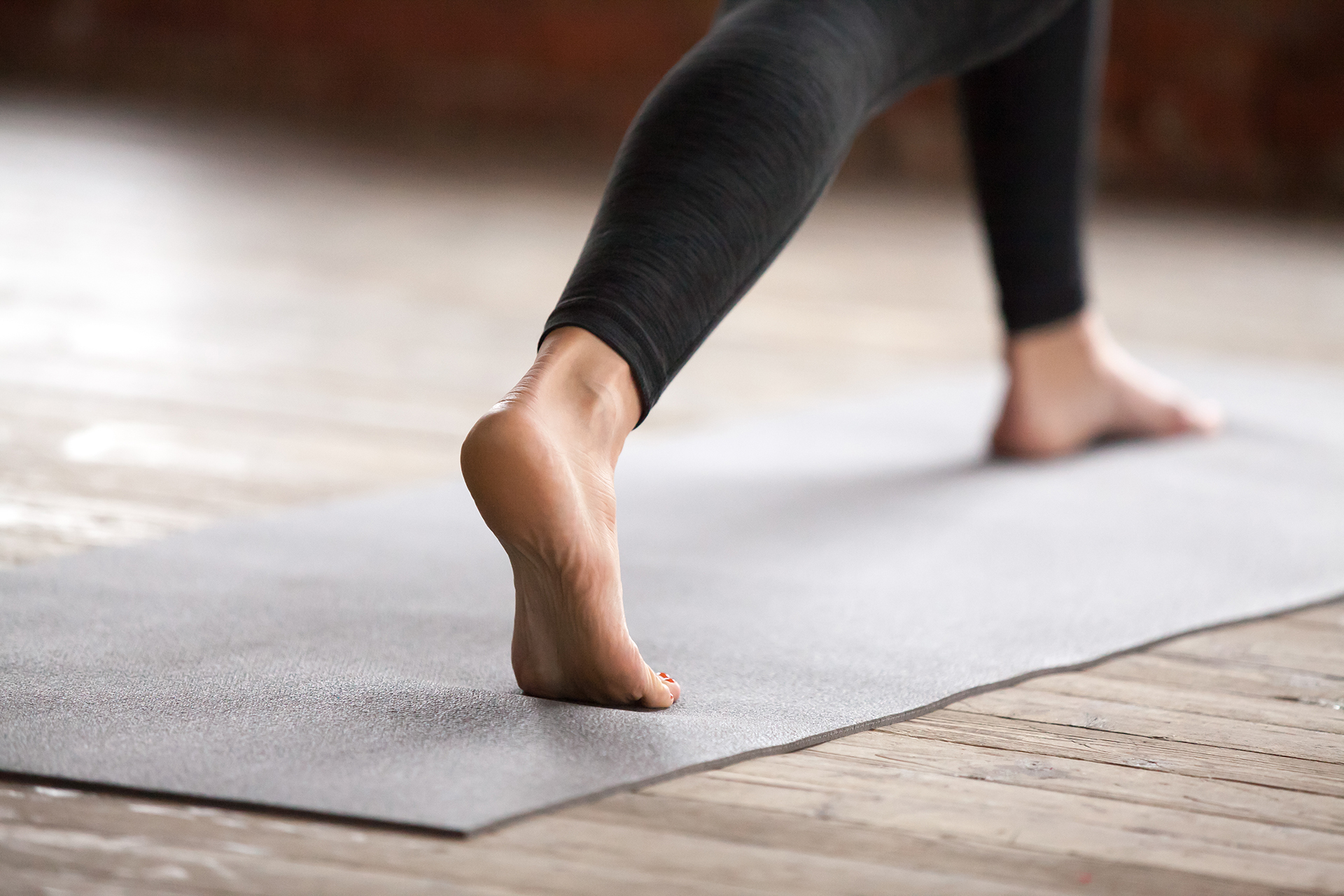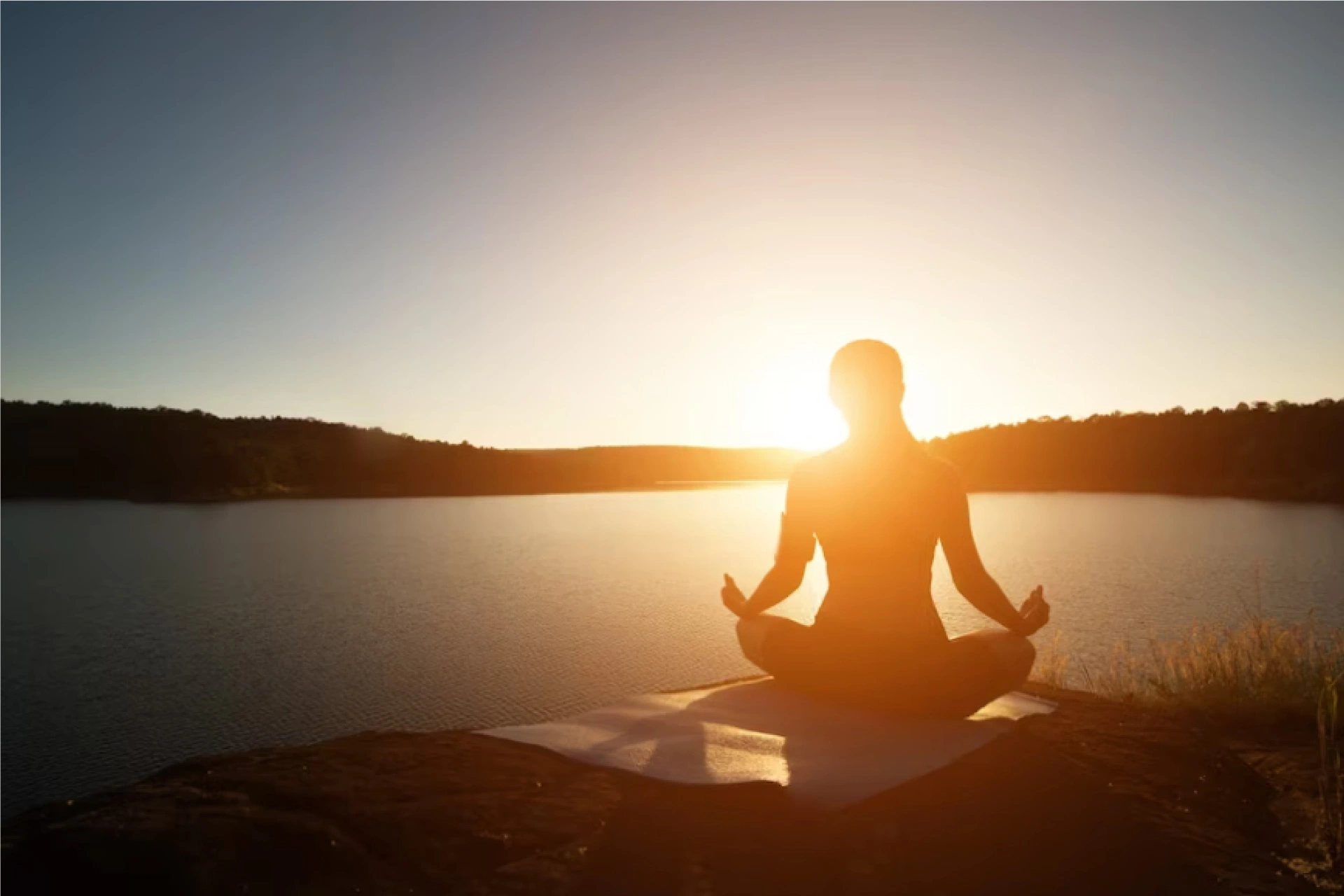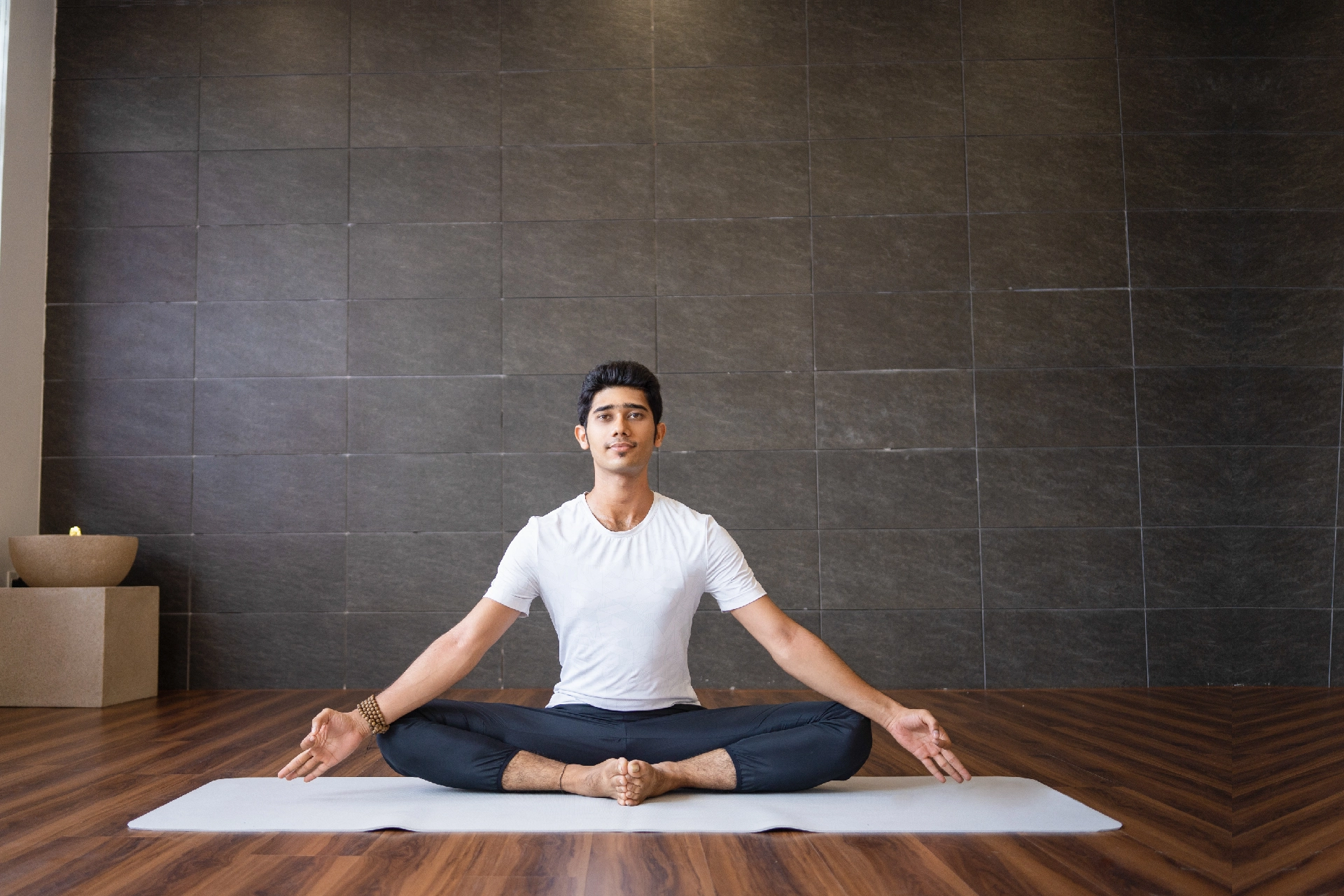Yoga & Exercise | 5 min read
How to Do Heel Slide Exercise and Its Tips
Medically reviewed by
Table of Content
Key Takeaways
- Heel slide exercises are quite a staple in the recovery process for injuries
- Heel slide exercise activates the leg, right from the hip to the heel
- Here are the 5 different ways to do heel slide exercises
Injuries to the knee and hip can be quite problematic and may occur due to old age, sports or an accident. Depending on the severity, you may find yourself in recovery or having to undergo long-term treatment under the care of several healthcare professionals. If either knee or hip has sustained lasting damage, doctors may suggest total knee replacement or hip replacement surgery. This will help restore function back into your injured bones. However, you also have to undergo physiotherapy in order to recover fully. Here, a healthcare professional will guide you through different heel slide exercises to help strengthen your hips or knees.
In fact, heel slide exercises, and their many variations, are quite a staple in the recovery process for such injuries. This is simply because such movements stimulate the muscles in the leg, improve range of motion and can be used to strengthen the muscles being worked too! They also help in circulation, which can be quite a problem for you if your injury restricts movement below the waist.
To understand the value of heel slide exercise and the various types you can try for yourself, read on.
What is heel slide exercise and its benefits?
A heel slide exercise is a movement that activates the leg, right from the hip to the heel. Here, you extend the knee as much as possible and slide your heel from the maximum range back up till the buttocks. Primarily, heel slide exercises are used to increase the range of motion in injured knees but, they can also help treat lower back pain and address hip pain. Heel slide exercises help restore full range of motion in the leg, if impaired, and strengthen the muscles in the area to protect against future injuries too.
What are the different heel slide exercises?
Generally, there are 4 main ways to do heel slide exercises. Each of these vary based on intensity and positioning. Those in the earlier stages of recovery may not have the range of motion to accommodate certain movements, so it is wise to consult a specialist if you’re uncertain about whether it is right for you.
Here are the 5 different ways to do heel slide exercises,
Lying heel slides
Here, you start by lying down and extending your leg as far as it can go. The entire movement is simply moving your heel from the maximum range right up to your buttock by bending your knee. Once you’ve completed the range of motion, hold it for 5 seconds, then release slowly.Chair heel slides
Here, you sit on a chair, preferably with armrests and extend the affected leg. Then, slide the heel back as far as it can go and toward the chair by bending the knee. Hold it in this position for at least 5 seconds, then release slowly.Seated heel slides
Here, you are seated on a flat surface and not on a chair. You extend the leg, flex the foot muscles and slide your heel back toward your buttocks in a controlled manner. Hold it here for 5 to 10 seconds then release slowly.
Wall heel slides
Here, you lie down in front of a wall with your hips just a few inches away from the wall. You place the affected leg on the wall and extend it fully with help from the unaffected leg. In this position, you slowly slide the heel down, bending the knee as much as possible, toward you. You can control the movement with the other leg to ensure that you don’t hurt yourself. After sliding it down, use the other leg to assist the affected leg slowly slide back up the wall.
What are important tips to keep in mind when doing heel slide exercise?
When doing exercises to strengthen your hip or knee, the most important tip is to know your limits. Undue pressure can worsen the situation, especially during an advanced age. Besides that, keep these tips in mind when doing heel slide exercises.
- Warm up before doing exercises. Use a heating pad if you can’t move freely
- Use towels to assist with movements
- Use socks or plastic bags to help your heel move freely
- Do not rush, but control every movement
With this exercise, whether it is the easier variation that you can try while in bed or the more intense wall or seated heel slides, it is important that you remember to control your movement. Do not your fling or swing your leg out, and instead, carry out each movement slowly and purposefully. During recovery from knee and hip injuries, it can be frustrating to be have limited movement and this may lead to push yourself harder than your body can handle. Doing more than you can, especially when it comes to your joints, is something you must avoid at all costs. This is why it is well worth it to have a trained physiotherapist advising you all through the process. To find the most suitable specialist for yourself, use the Bajaj Finserv Health App.
In just a few clicks and taps, you can take advantage of the app’s smart search functionality to locate the best doctors in your area. To take it one step further, you can book appointments at their clinics online and even consult doctors over video or chat, all without needing to leave your home at all. This digital tool brings to you a wide array of healthcare benefits, all via your smartphone. For instance, it also allows you to store patient records digitally and send these to specialists whenever necessary. Apart from teleconsultation, this app also has other features such as the Medicine Reminder and the Health Score test, via which you can address all your health-related needs with ease. To access them all, download the app for free on the App Store or on Google Play today!
References
Disclaimer
Please note that this article is solely meant for informational purposes and Bajaj Finserv Health Limited (“BFHL”) does not shoulder any responsibility of the views/advice/information expressed/given by the writer/reviewer/originator. This article should not be considered as a substitute for any medical advice, diagnosis or treatment. Always consult with your trusted physician/qualified healthcare professional to evaluate your medical condition. The above article has been reviewed by a qualified doctor and BFHL is not responsible for any damages for any information or services provided by any third party.





